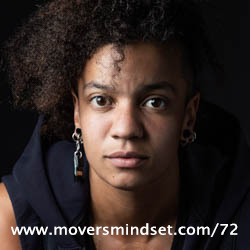On Castbox.fm — Adam McClellan | Know Your Numbers
Adam McClellan | Know Your Numbers
How can Parkour business owners use financial data to better understand and grow their businesses?
Many business owners are unaware of their financial health until they see the gaps in their numbers.
Businesses want to be successful, but you don’t know what success is, if you didn’t set some kind of goal in the first place.
~ Adam McClellan (7:31)
The conversation focuses on the importance of understanding and tracking financial data for running and growing a Parkour business. It emphasizes that many business owners overlook key financial indicators, which leads to uncertainty and poor decision-making. A major theme is that budgeting, like the rules of a game, provides structure and clarity, enabling better goal-setting and resource allocation.
The discussion explores practical steps such as tracking income and expenses, creating performance indicators, and comparing data year-over-year to identify trends. The value of making assumptions, trusting them, and consistently testing them against actual data is highlighted as essential for success. The conversation also underscores the psychological benefit of financial clarity, helping owners make confident decisions about hiring, marketing, and expanding.
Takeaways
Budgeting as structure — A budget is necessary to define goals and measure progress in business.
Tracking key indicators — Key performance indicators help measure and improve critical business processes.
Assumptions in decision-making — Assumptions, when tracked and adjusted regularly, are essential for planning.
Growth as a challenge — Businesses should set achievable but slightly challenging growth goals to stay competitive.
Confidence through clarity — Knowing financial numbers provides confidence when making hiring and expansion decisions.
Empty space for growth — Unstructured time at events can lead to organic, valuable connections and ideas.
Resources
Lehigh Valley Parkour — Adam McClellan’s Parkour business website.
Parkour Generations Americas — Organization involved in Parkour education and leadership.
Art of Retreat — Event for Parkour professionals focused on leadership and education.
(Written with help from Chat-GPT.)
ɕ
